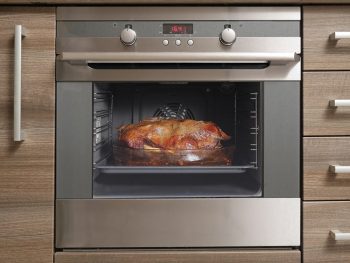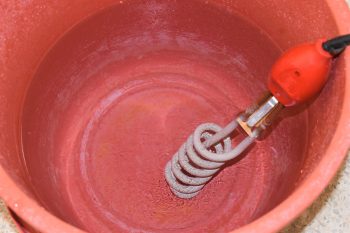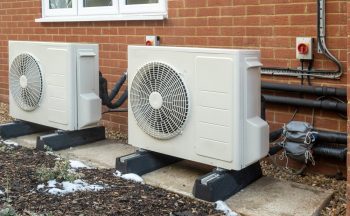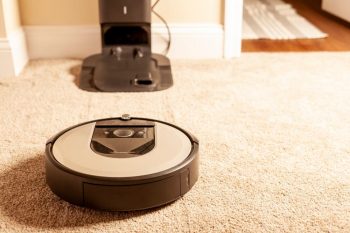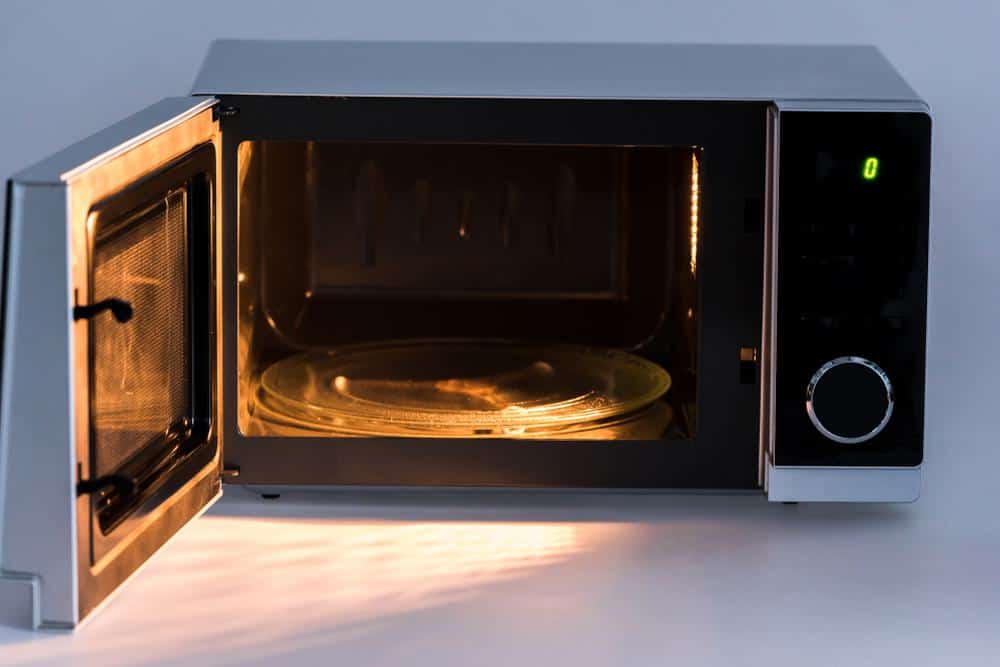
In our day-to-day life, cleaning sponges often is essential to maintain hygiene and prevent the spread of bacteria. One of the most effective and quickest methods to clean a sponge is by using a microwave. This article will guide you through the process of cleaning a sponge in the microwave, the benefits, safety precautions, and common mistakes to avoid.
To clean a sponge in the microwave, first ensure it is free of metallic parts and is microwave-safe. Wet the sponge completely, place it in a microwave-safe container, and microwave it on high for one minute. Allow the sponge to cool for 10-15 minutes before handling. Remember, never microwave a dry sponge or one with metallic parts.
Why Clean a Sponge in the Microwave?
Cleaning a sponge in the microwave can kill up to 99.99999% of bacteria and is effective at eliminating yeast and mold that can develop over time. In as little as two minutes, you can kill or inactivate as much as 99% of all bacteria residing in your sponge. This not only helps maintain hygiene but also extends the lifespan of your sponge, reducing waste and saving money.
Sponge Types Suitable for Microwave Cleaning
Not all sponges are microwave safe. It’s crucial to avoid microwaving sponges with metallic scrub pads or other abrasive parts, as they can spark or ignite in the microwave. Always refer to the packaging of the sponge to ensure it is labeled as “microwave safe.”
Step-by-Step Guide to Cleaning a Sponge in the Microwave
- Ensure the sponge is free of metallic parts.
- Completely wet the sponge. A dry sponge can ignite and cause a fire.
- Place the wet sponge in a microwave-safe container.
- Microwave the sponge on high for one minute. This duration is sufficient to kill bacteria.
- Allow the sponge to cool for 10-15 minutes before handling it to avoid burns.
Safety Precautions
When using the microwave method to clean your sponge, always remember:
- Never microwave a dry sponge.
- Avoid microwaving sponges with metallic parts.
- Allow the sponge to cool down before handling it.
How Often Should You Clean Your Sponge?
According to the USDA, sponges should be cleaned every other day and replaced every two weeks or sooner if they develop an odor or fall apart.
Signs That It’s Time to Replace Your Sponge
- Age: If your sponge is older than two weeks, it’s time to replace it.
- Bad Smell: If your sponge has a persistent bad smell, even after cleaning, it’s time to replace it.
- Visible wear and tear: If your sponge is falling apart or losing its shape, it’s time to replace it.
- Reduced effectiveness: If your sponge struggles to remove stubborn stains and food residue, it’s time to replace it.
Common Mistakes to Avoid
- Using a sponge with metal parts: This can cause sparks and damage the microwave.
- Not checking if the sponge is microwave-safe: Always refer to the sponge’s packaging.
- Not saturating the sponge: A dry sponge can ignite and cause a fire.
- Using the wrong microwave settings: Certain microwaves may require more time or higher wattage to sufficiently kill bacteria.
- Not allowing the sponge to cool: The sponge will be very hot after microwaving. Let it cool down before handling.
In conclusion, microwaving a sponge is an effective and quick method to clean and sanitize it. However, it’s important to note that not all sponges are suitable for this method and that a sponge should be replaced every two weeks for optimal hygiene. Stay clean, stay healthy!
Frequently Asked Questions
Can I clean my sponge in the microwave if it has soap in it?
Yes, you can. In fact, the soap can help in the cleaning process. However, ensure to thoroughly rinse the sponge after microwaving to remove any soap residue.
How long should I let the sponge cool down after microwaving?
It’s recommended to let the sponge cool down for at least 10-15 minutes after microwaving. This is to prevent burns as the sponge will be very hot.
Can I use the microwave cleaning method for sponges used in the bathroom?
Yes, you can. However, it’s best to avoid mixing kitchen and bathroom sponges. This can prevent cross-contamination.
What will happen if I microwave a dry sponge?
Microwaving a dry sponge can cause it to ignite and potentially start a fire. Always ensure your sponge is thoroughly wet before microwaving.
What should I do if my sponge has a persistent bad smell even after microwaving?
If your sponge still has a bad smell after microwaving, it’s best to replace it. Persistent odour often indicates the presence of lingering bacteria or mold.


